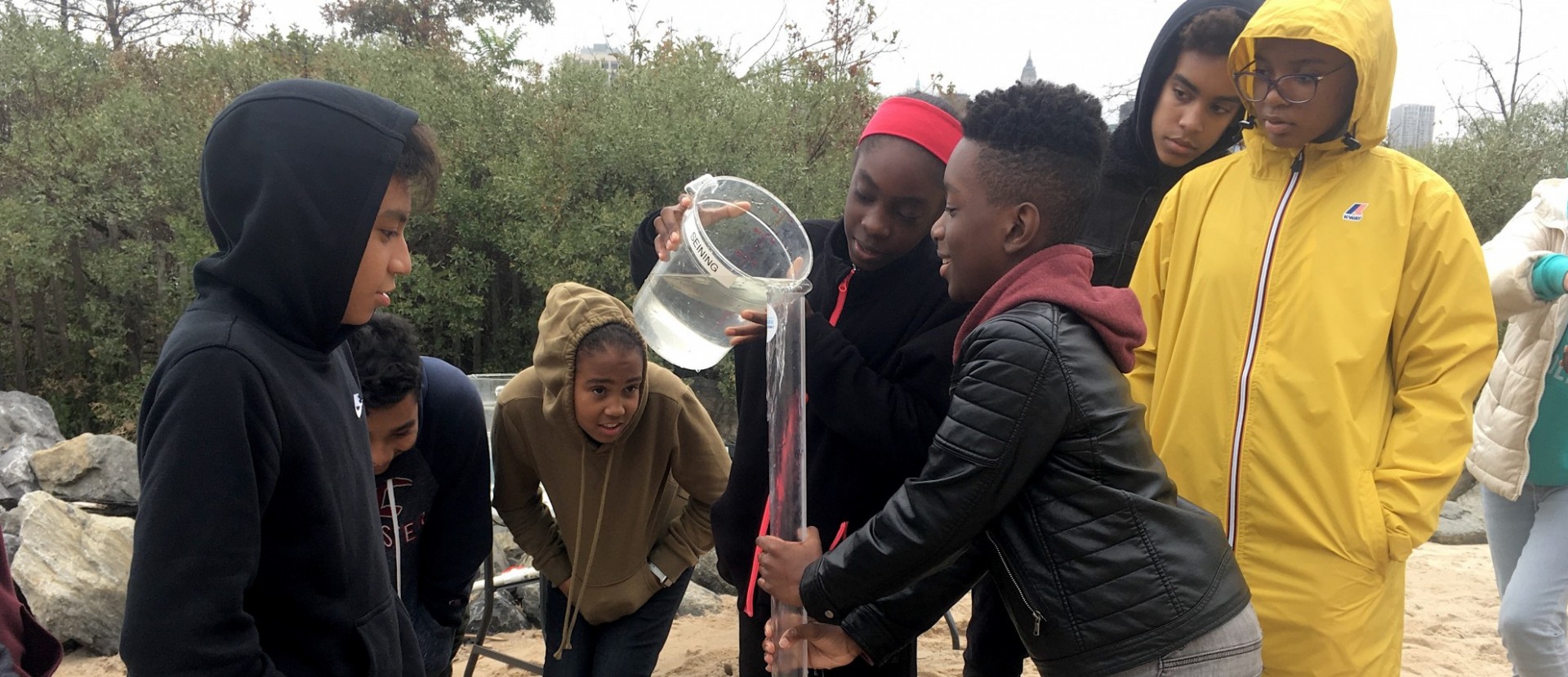What is the 'Day in the Life' Event?
DITL is a field-based, collaborative, student-focused event, where education partners team up with schools to capture a snapshot of the river's ecology, on one day, at more than 90 sites along the Hudson from the ADKs to the Atlantic Ocean. This unique event is designed to both celebrate the Hudson River and educate participants on Hudson’s valuable resources.
The Day in the Life of the Hudson and Harbor began in 2003 with a dozen schools and 300 student participants who headed down to the river’s edge to do some sampling and sharing of their data. Both students and teachers ‘were hooked!’ as they found tthe event provided a meaningful educational experience that allowed the students to apply their learning through hands on science at the river. The event has continued and grown ever since. Our most recent events have involved ~5000 students and educators at about 90 sites covering the full Hudson estuary and beyond into the wider watershed, with sampling occurring from the New York Bight up to the Troy Dam, stretching above the dam to Peebles Island and on up to the Adirondacks, and reaching west into the Mohawk River, the Hudson River’s largest tributary.

